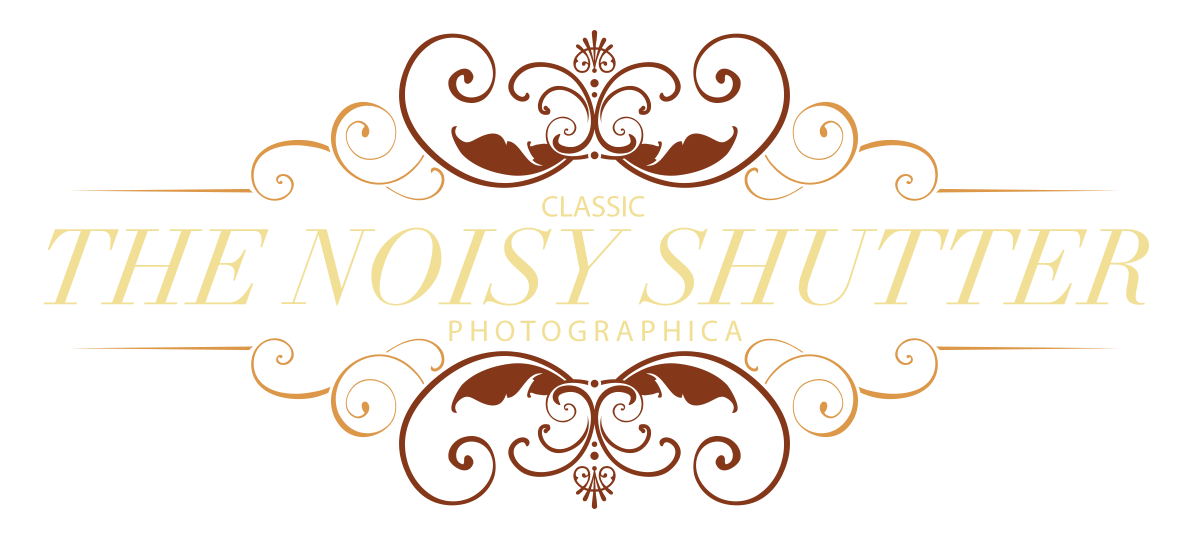This lens was another rescue puppy from a thrift shop. I’ll be honest that few zoom lenses, particularly vintage zooms, have impressed me. I have owned quite a few, and most have been re-homed through KEH or the big auction site. A couple of Minoltas and a Sigma have stayed in the family, but they are exceptions rather than the rule. My first experience with a vintage Nikon zoom was less than stellar. It was the old 43-86mm f3.5 that was heralded as Nikon’s worst lens ever made. I kept it just long enough to take a few photos with it. Hopefully it went to somebody who appreciates flare, distortion and soft focus more than I do.

When this 35-105mm presented itself to me, I couldn’t pass it up due to the price. Marked at $15 and discounted to $10, I figured the Nikon L37c filter alone was worth that. I didn’t get my hopes up, but as it turns out, this lens actually performs quite well on both film and digital cameras.

Constructed in typical Nikkor manner, it is a robust, smooth-functioning lens. Fit and finish is also typical high-quality Nikkor. One will notice that it is much smaller than today’s comparable zoom lenses, primarily because of the lack of autofocus and VR mechanisms. It is simply mechanical, metal and glass. One wide ring serves as both zoom and focus, allowing the photographer to keep his or her hand in the same place to use both functions.

At first look I was a bit disappointed that the minimum focus distance was 1.4m, or 4ft 7in. While fiddling around with it I noticed a black ring just forward of the chrome ring at the rear of the lens. On that black ring is a button, an arrow and the letter ”M”. Not a lot of information there. The arrow points to the button as if to say, “Press here”. So I did. The button unlocks the ring, allowing it to be turned until the “M” lines up with the aperture index mark. There is a macro function! I could have read the manual first, but that would have robbed me of the thrill of discovery. With the ring fully turned, a 1:4 macro ratio is achievable, with a minimum focal distance of 27cm or 11in. At that setting, focusing is done with the push/pull movement of the zoom ring. At the reproduction ratio of 1:4, I’m not going to be making glamour headshots of fruit flies, but it is enough to fill the frame with something the size of a cell phone.

This lens didn’t seem to get wide acclaim from professionals of that time. This was the first Nikkor lens to have a variable maximum aperture, and some may have had an issue with that. At the wide angle view, the widest aperture is 3.5. This darkens a bit as the lens is zoomed out towards the telephoto range, and at 105mm the functional maximum aperture is 4.5. Today, that system is typical of kit lenses and consumer-grade zooms, and is in no way considered a flaw. It was certainly a compromise, however. Yes, a professional probably had a 35mm f2, a 50mm f1.4, and a 105mm f2.5 in the bag, but at the cost of more weight and less convenience.

Optically, it is constructed with sixteen elements in twelve groups. I usually prefer smaller element-count lenses, specifically primes lenses, for reasons I cannot really articulate. That said, this appears to be optically well-corrected with NIC coatings on all the glass-to-air surfaces. This was designed to reduce flare and render colors naturally, and seems to have succeeded in doing so.

My user experience with this lens so far has been very positive. It creates a natural, straightforward image with little to no corrections required, other than for artistic effect. Wide open at 35mm there is a little vignetting and softness in the corners. Its softness is slightly more pronounced on the left side of the image, signaling possible decentering. That disappears entirely as one stops down or zooms out, and doesn’t cause me any heartburn. I rarely shoot wide-angle photos of flat-field subjects at maximum aperture, so there is little opportunity for it to present a problem.

Is it the perfect zoom lens? Of course not. Optically it is likely inferior to modern lenses with computer-designed aspherical elements and electronic controls. It is not a $1500 f2.8 super-zoom, and shouldn’t be compared to one. This lens is a useful, efficient tool for covering moderately wide to medium telephoto focal lengths. It will allow a photographer to faithfully reproduce a scene within its physical limitations, and without distracting aberrations or flaws. In short, it does exactly what it was intended to do. What more can I ask of a legacy lens?

Specifications as follows:
Designation: Zoom-Nikkor 35-105mm f3.5-4.5 Ai-s
Introduced: 1983
Mount: Nikon F mount with AI-s coupling
Optical formula: 16 elements in 12 groups, coated
Aperture: 6 blades, hexagonal
Aperture range: f3.5 to f22 (actual value f4.5-f22 at 105mm), full stops
Weight: 510g/18oz
Minimum focal distance: 1.4m/4ft 7in (Macro setting: 27cm/11in)
Filter diameter: 52mm

